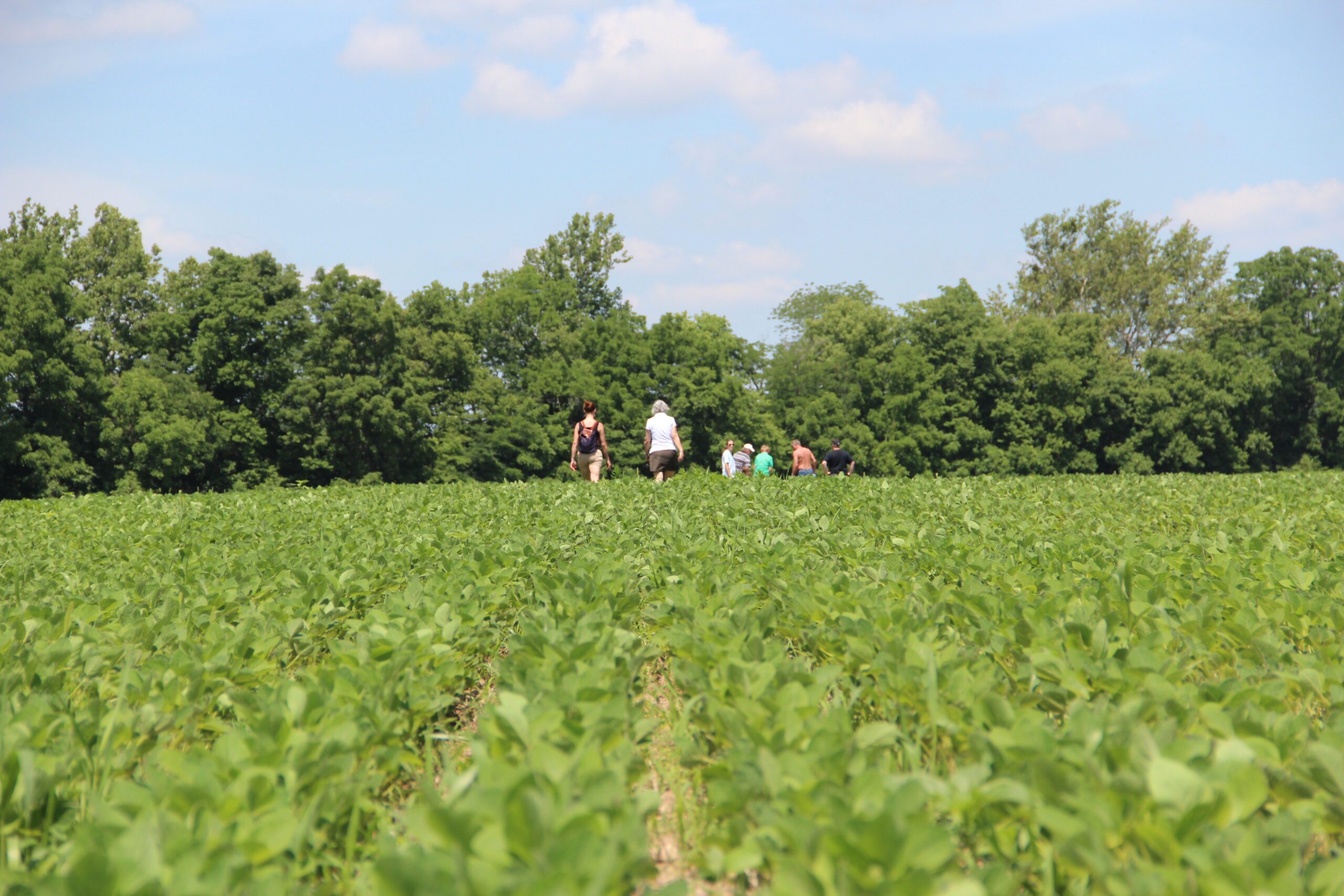Angry at the Price of Food Today? Grow a Vegetable Garden.

Defining the fruit and vegetable gardener.
If you’ve recently been grocery shopping or watched the news reports, it’s hard to miss the jump in your grocery store bill fueled by the increase in prices for grocery items. All categories have been hit with price increases, including boxes of cereal, cookies, and tissues, to fresh produce, meat, and bread. The causes of this rise in cost are well documented elsewhere and aren’t our point.

As spring emerges, it got us thinking about whether we would see a surge in people growing fruits and vegetables this year. Would Americans enhance their self-sufficiency by cultivating more food themselves, resulting in reduced grocery store purchases in the future? The reality is that the cost of seeds or starter plants/trees is a fraction of the cost compared to the yield, making it seem like a no-brainer for more people to embrace vegetable and fruit cultivation. In fact, there are 109.7 million U.S. adults aged 18 and older who own a garden, constituting 43% of all adults in the U.S. Here’s a look at their purchases in the past 12 months in terms of dollars: 1 in 4 garden owners is spending $500 or more each year on supplies.

Nearly half of garden owners (47 percent) purchased vegetable plants, and 36 percent bought vegetable seeds. We wish that we could segment fruit-bearing trees from other trees because we can add fruit-bearing trees alongside vegetables. A visit to your garden center, Walmart, Lowe’s, or Home Depot will reveal a variety of apple, peach, or other fruit-bearing trees for sale. We have one mature apple tree at our office and prepared several apple crisps last fall. We planted two more apple trees and hope to bear fruit in another three years or so.
Returning to vegetable growers, we find several interesting findings about who is not growing vegetables, which could present a significant opportunity for retailers (True Value Co., Home Depot, Walmart) and growers.
(e.g., Bonnie, Burpee, Grow Joy).


When we examine both garden owners (109.7 million) and vegetable plant buyers (56.7 million), we observe participation across all age groups. However, the propensity of gardeners and vegetable buyers is highest among those aged 55 and above.
Analyzing age groups through the lens of generational cohorts, the overall narrative remains consistent. The nuance is that vegetable plant buyers are least prominent among Gen Z and Millennials. The opportunity for retailers and growers lies in engaging younger audiences, offering them inspiration, showcasing the benefits, and providing tools to grow vegetables in their dorm rooms, apartments, or condos.

Some might believe that vegetable growing is common among middle and lower-income households. However, the truth is that vegetable growing cuts across all income levels. Interestingly, affluent households have a much higher propensity to be garden owners and vegetable plant buyers. The opportunity for retailers and growers lies with average and below-average income audiences, many of whom are living in dorm rooms, apartments, or condos. Providing them with inspiration, emphasizing the benefits, and offering tools to facilitate vegetable cultivation in these smaller living spaces could be a key strategy for engagement.

The most eye-opening finding is that both garden owners and vegetable plant buyers are predominantly Caucasian. In the case of vegetable plant growers, the majority are even more Caucasian, with 81 percent being of this ethnicity. This presents a clear opportunity for retailers (e.g., Walmart) and growers (e.g., Burpee) to expand their customer base by targeting Hispanics, Blacks, Asians, and other ethnic groups.
To make gardening more relevant for these audiences, consider offering and promoting products that align with their preferences. For instance, bitter melon is widely used among customer prospects from East Asian, South Asian, African, and Caribbean backgrounds. Highlighting and promoting vegetables like bitter melon that resonate with diverse cultures could be a strategy to attract a more varied customer base.

There you have it. Vegetable growing presents a terrific upside among average and below-average income households, younger people, and people of color. Many of these individuals could benefit both financially and nutritionally by cultivating their own vegetables. Additionally, there are potential mental health benefits associated with getting outdoors and adopting a zen-like, yoga-like mindset while working in the garden.
Stay tuned. We’ll rerun the data next year to see if this audience has shifted or grown.
The topic of farming and farmers hits close to home for Left Off Madison co-founder, Rob. He is a shareholder in his family’s farm located outside of Versailles, Ohio (near Dayton), which grows corn and soybeans with cattle grazing in untillable farmland. His 500-acre farm has been in the family since the 1830s and has undergone transformations, once being a stage one hog farm and also growing tobacco when it was more popular.
MORE IDEAS



